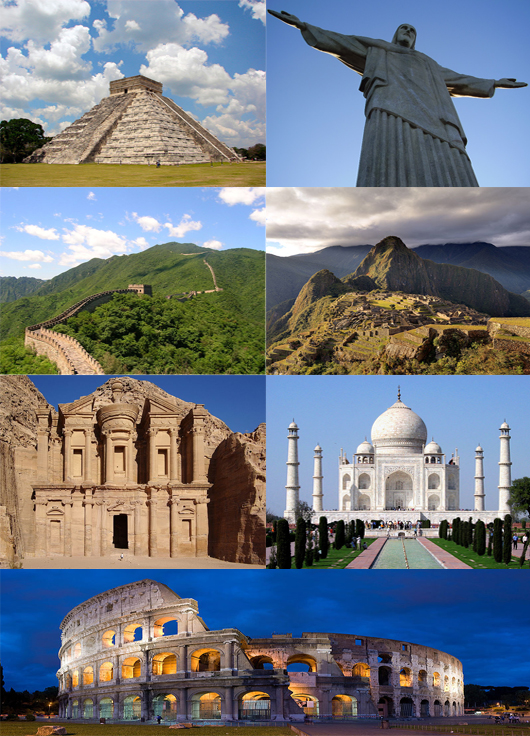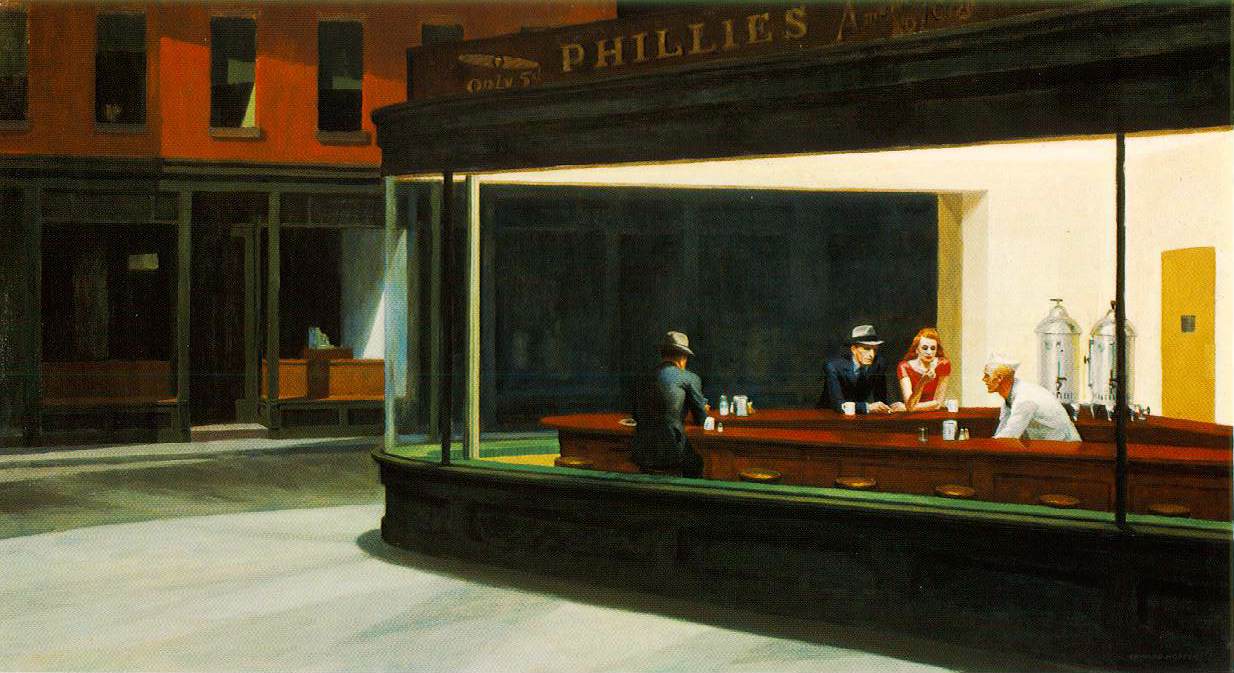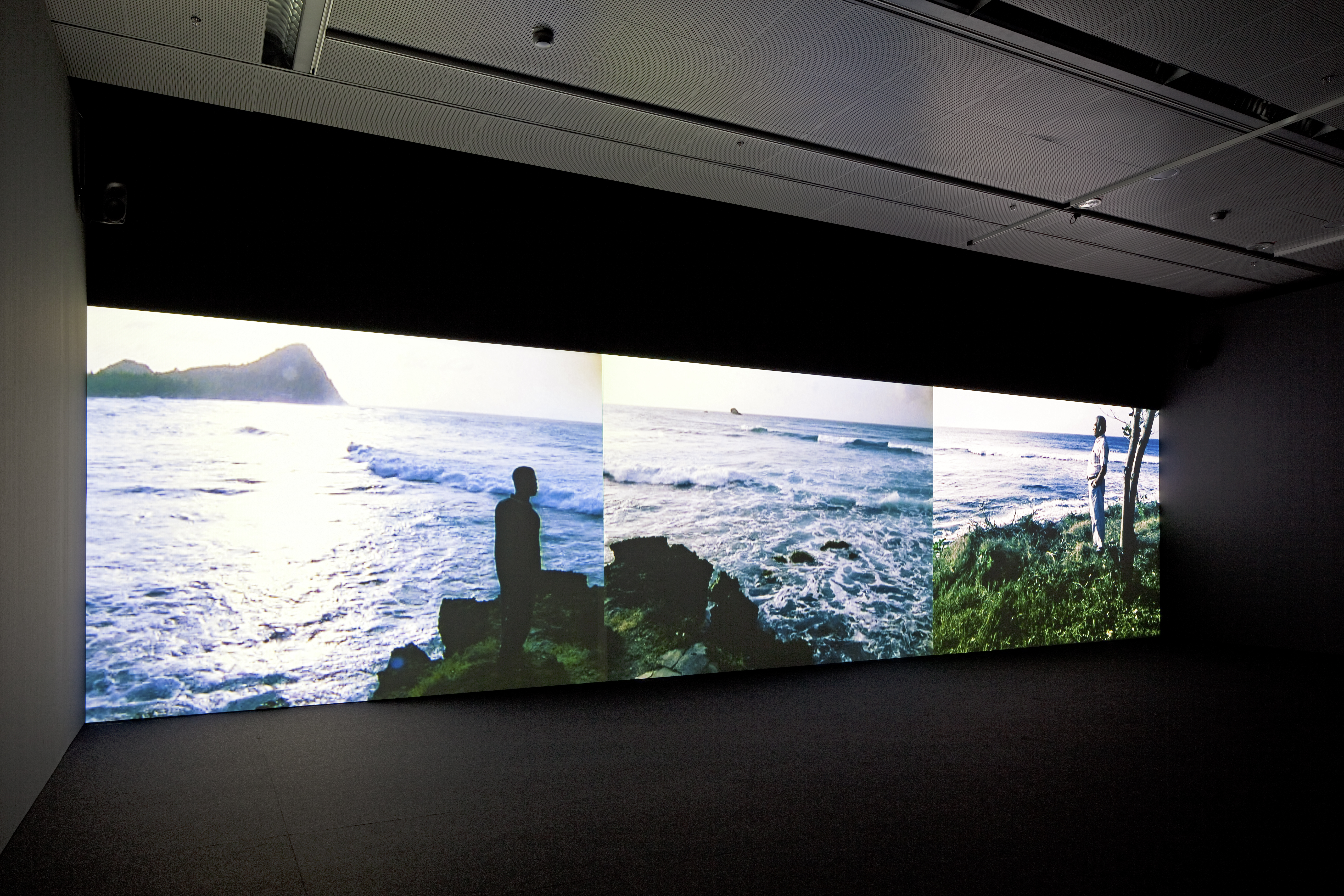Now that I've done some research I've come up with some ideas for this multi-screen project.
My first idea is based on the original research I did on nature reclaiming the earth. If I were to do this project, I would want to animate leaves and vines moving through the three screens, wrapping around objects. As I already noticed in the after effects tutorials I have looked at that I could do this and make this look very animated. Essentially, I want to have three different elements of the earth being retaken; a dissolved statue, a carved tree being overgrown with moss and a human hand being wrapped up by vines. Another element I want to consider trying is having three kind of planes in each screen. So almost as if there are three different plates, back plate which is moving one way and has some animation of a backdrop, the middle plate which would be the object and the front plate which would be leaves, vines and perhaps a vignette type effect.

My next idea is to explore the water cycle. This is a lot more simplistic and minimalist than the full on idea of the nature reclaiming, but I think it could be very interesting. I want to explore water in terms of rhythm and consistency through the interaction of the three screens. For example, like the image above, a hand could flick water from the left screen and then drops could splash in a puddle on the right, with clouds brewing in the middle. If I could show this in different forms, and have things moving from one screen to another and have things changing, I think this could quite effectively show cycles and rhythm in nature.


My final idea is in part, two ideas relating to the same theme. However I feel there is room to combine these ideas into one piece, and really I just couldn't discard one of them. This idea surrounds changes in architecture through time, however bringing them all into once space and jumbling them up and fitting them together like a puzzle. I guess this idea is about bringing lots of differing pieces of architecture into one space as a comparison, and bringing them into the same time period.
The top picture shows an idea of having three panels of different walls, different pieces of architecture, and having parts of them fragment. Similar to multiple TV screens of noise, but with digital fragmentation like in a photograph as well. Every time this would happen, a new piece of architecture would be inserted in its place to a rhythm or piece of music. However, I'd like this to be able to loop smoothly as well.
The bottom picture shows a more complicated idea. The middle screen is the main focus and is an empty space, like a field, which fills with the fragmented parts of different architecture to form a structure of their own, but moving and changing all the time. As I think of it, I can imagine it moving, growing and decreasing like a beat in a song and especially in the video of 'She Wolf' by David Guetta:
The two screens either side of it could show either the same or different things. My original vision was to have close-ups of different parts of the structure changing, so that the viewer gets a better view of what is happening. However I felt I could dedicate that to one screen, or both screens and then moving on to just one. The screen on the other side I feel could show what's inside the structure, changing also to represent the changes of eras and the times that these fragments of buildings represent. However I recognize that might be quite difficult to achieve so I perhaps show that in a simpler way.








































